The higher cost of owning an electric vehicle (EV) compared to a gas-powered vehicle remains a significant barrier for many potential buyers. However, recent developments in the cost of key EV components are raising hopes that this gap could soon close, making EVs more accessible. This optimistic outlook hinges on avoiding major tariffs on China, which could otherwise disrupt the supply chain and increase costs.
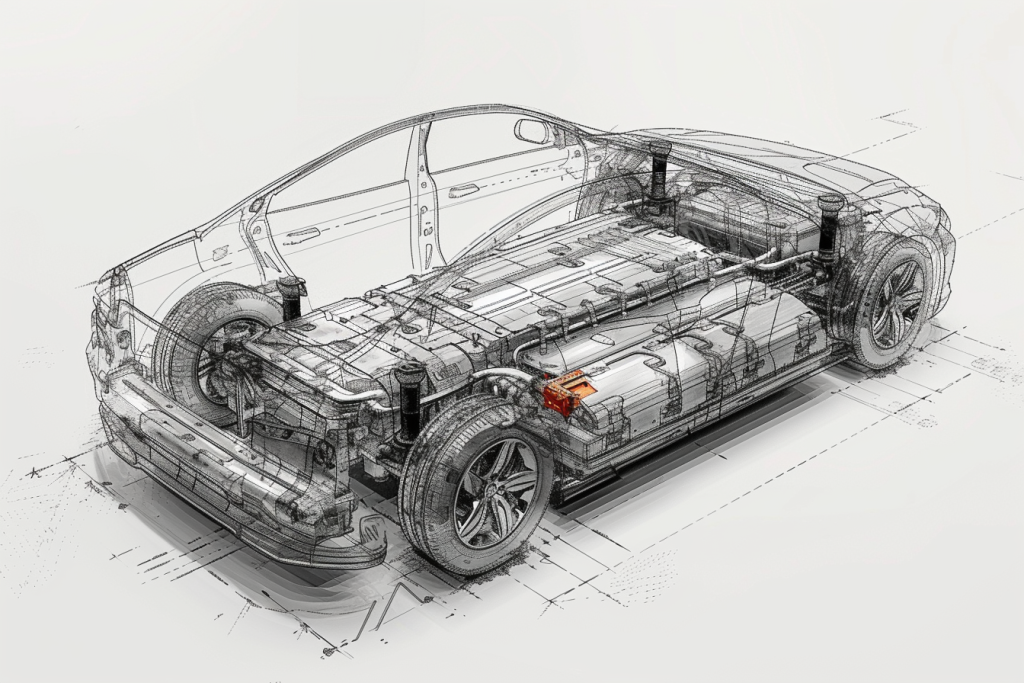
Batteries, which make up about one-third to one-fourth of the cost of producing an EV, are becoming significantly cheaper. Analysts predict that the global average cost for batteries in 2024 will be around $115 per kilowatt-hour, about 23% lower than last year, with a further 20% drop expected in 2025.
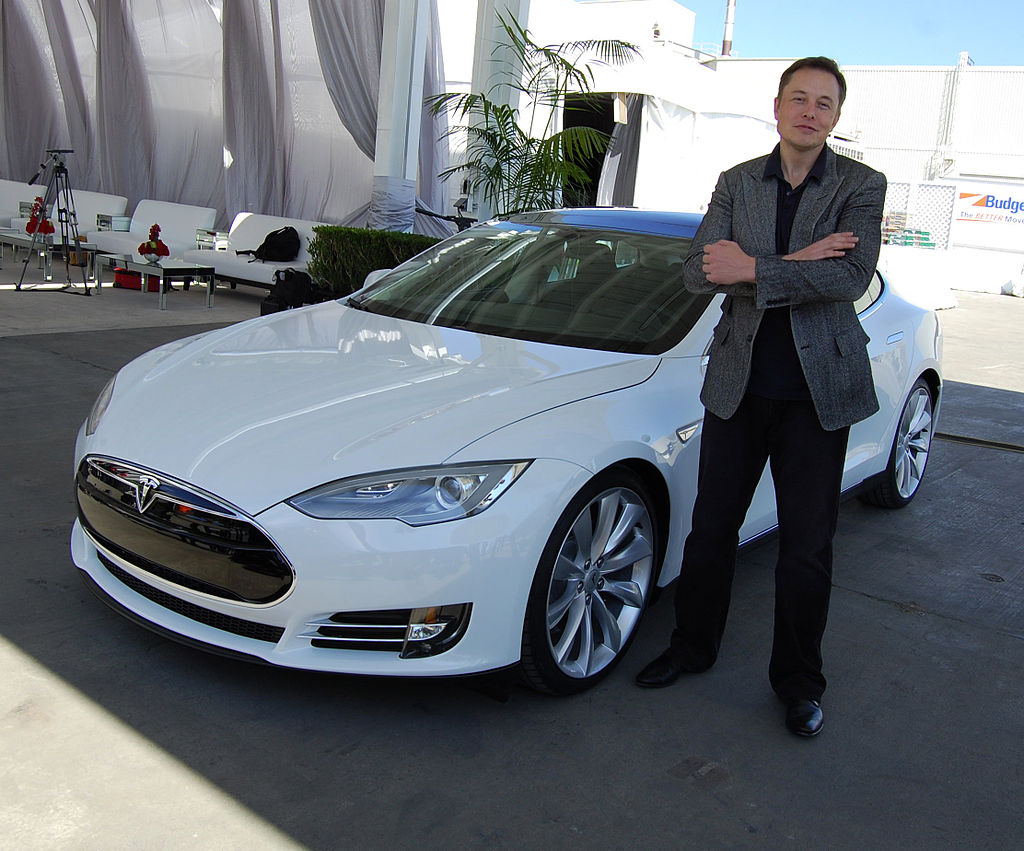
Tesla CEO Elon Musk recently highlighted this trend, noting that the costs for lithium-ion cells used in EV batteries have decreased significantly. This is a reversal from the pandemic era, when car manufacturers placed large orders that spiked prices. During Tesla’s shareholder meeting in June, Musk mentioned that “battery cell suppliers have increased their supply, and the orders from other car manufacturers have declined.”

The decline in demand has also impacted lithium prices, which have dropped by more than 70% over the past year. According to industry experts, as battery prices decrease due to technological advancements, the contribution of raw material costs becomes more significant.
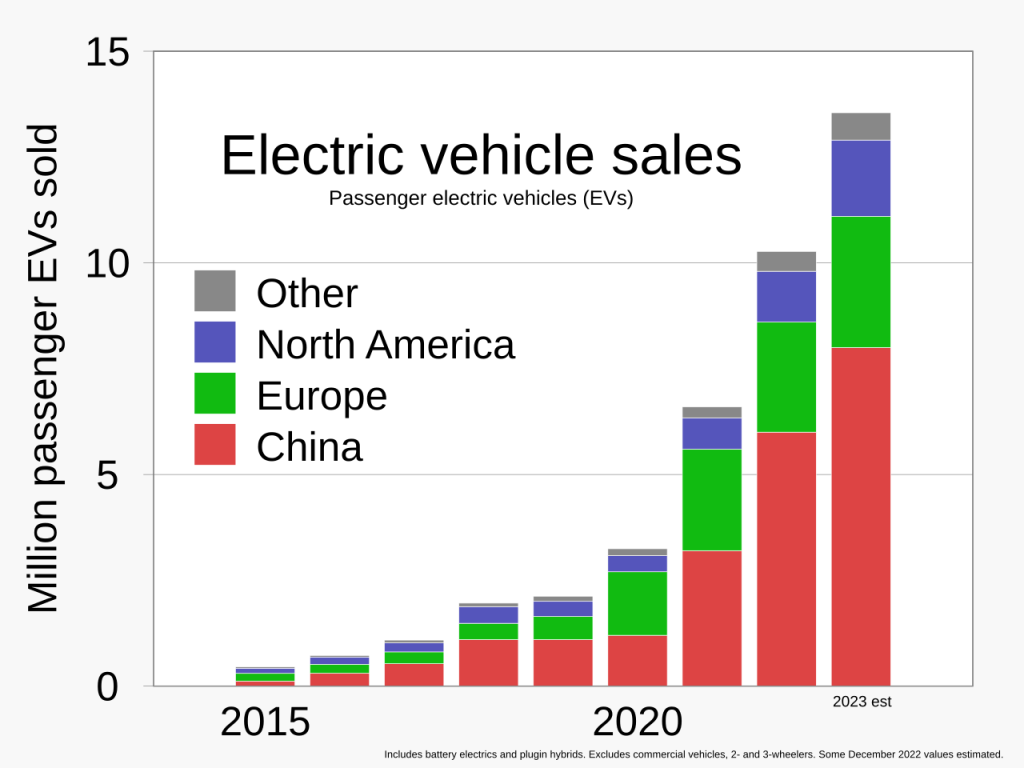
While batteries are a crucial factor in EV pricing, other elements, such as research and development, assembly, and manufacturing, also play a role. However, the industry is particularly focused on battery costs as it tries to catch up with China, where owning an EV is already cheaper than owning a gas-powered car.
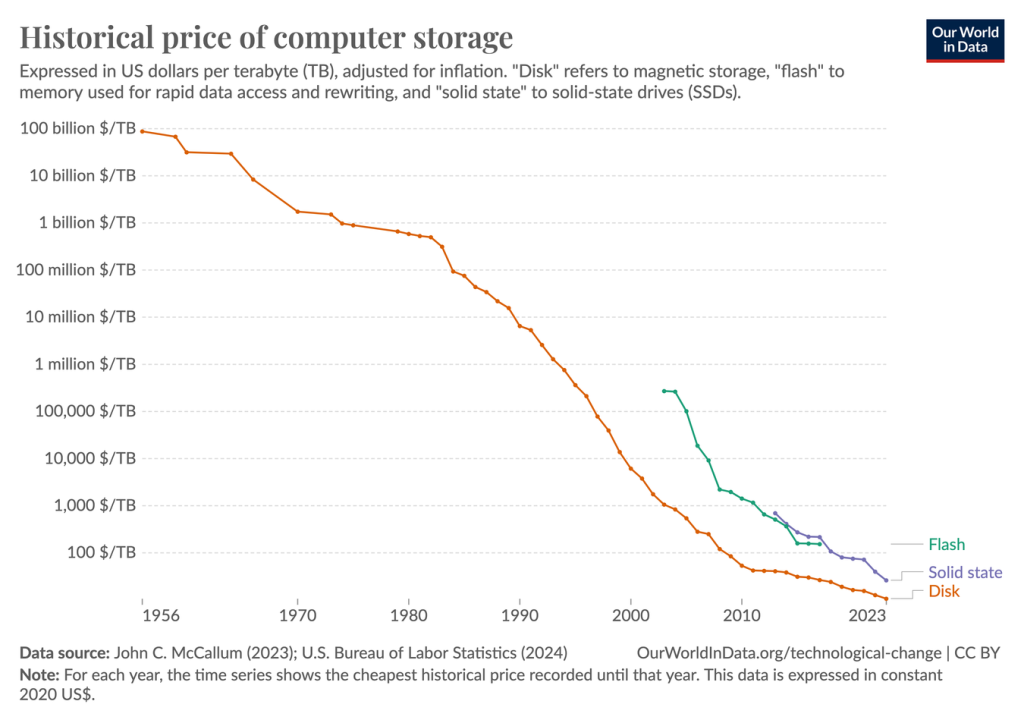
In many ways, EVs are essentially computers with wheels. This comparison becomes even more evident when considering the cost trajectory of computers over the past few decades. In the early 2000s, a basic desktop computer could easily cost over $3,000. Today, due to advancements in technology and increased production scales, consumers can purchase a far more powerful laptop for a fraction of that price. Similarly, as EV technology advances and production scales up, the cost of EVs is expected to follow a similar downward trajectory.
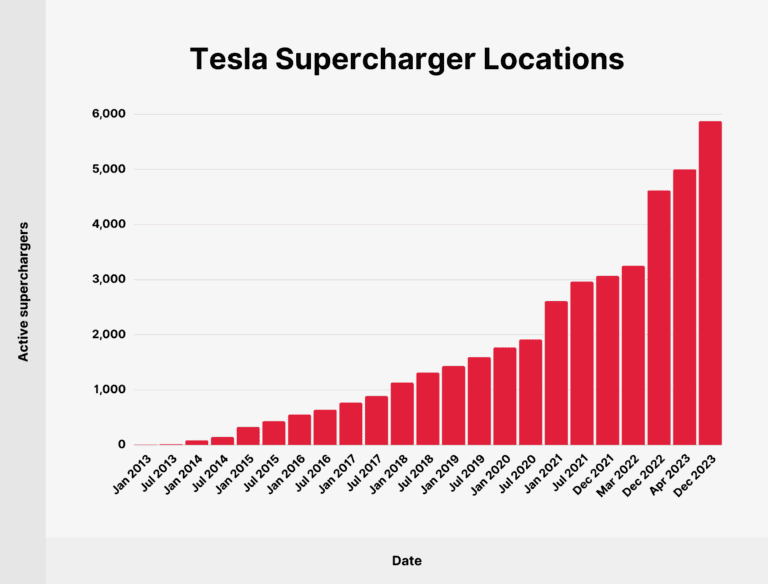
In the US, high prices and a lack of easily accessible charging stations continue to deter many potential EV buyers. Despite this, industry leaders believe significant progress has been made in reducing EV prices through technological advancements. The cost is dropping dramatically through technology, and there are no apparent obstacles preventing further reductions.
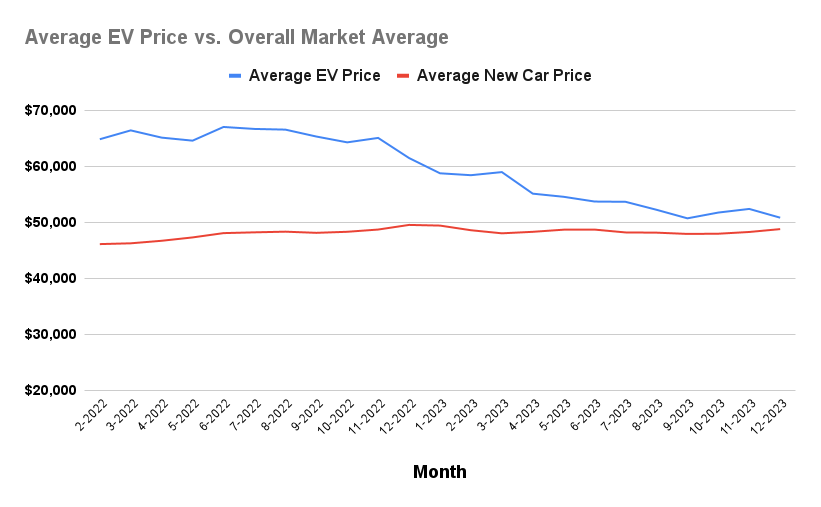
Amid waning demand, US automakers have scaled back their EV rollout plans this year. Factors such as range anxiety and consumer preference for hybrids contribute to the tepid enthusiasm. Car companies have attempted to make EVs more affordable through financing deals and cash incentives, but prices in the US still haven’t dropped enough to make EVs cheaper than gas-powered vehicles. As of June, the average cost of an EV was $56,371, compared to $48,644 for gas-powered vehicles, according to Kelley Blue Book.
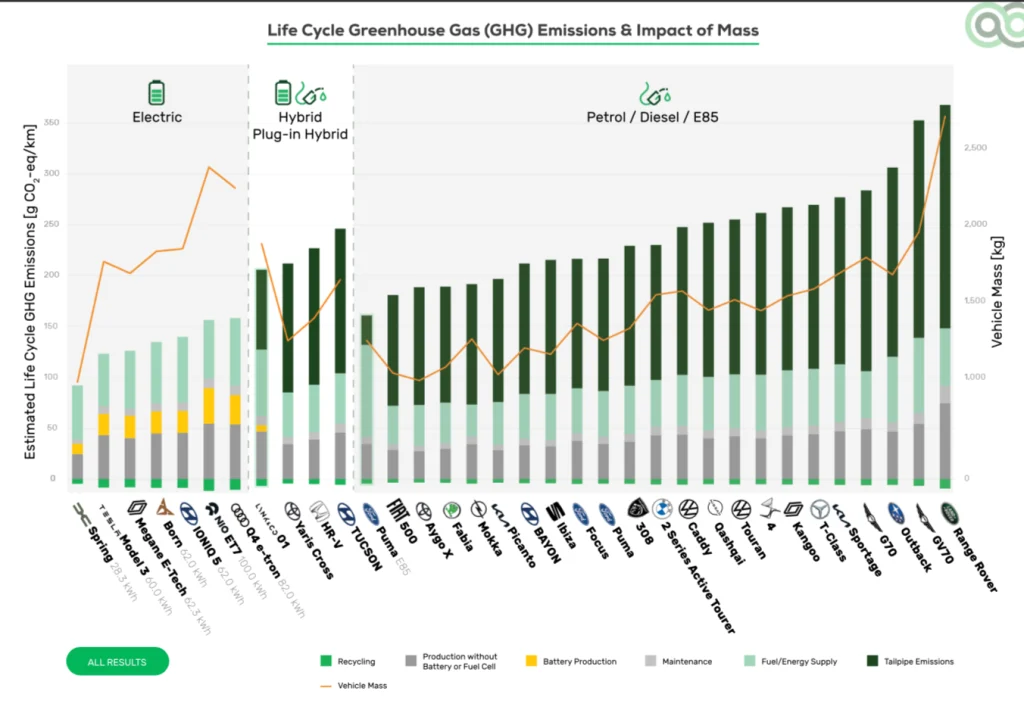
The preference for larger vehicles in the US, which require bigger and more expensive batteries, partly explains the price disparity. There’s also a lag between when battery costs decrease and when these reductions are reflected in new vehicle prices. Analysts predict that 2024 will remain a challenging year for EV demand, but expect demand to pick up in 2025 as battery prices fall further.
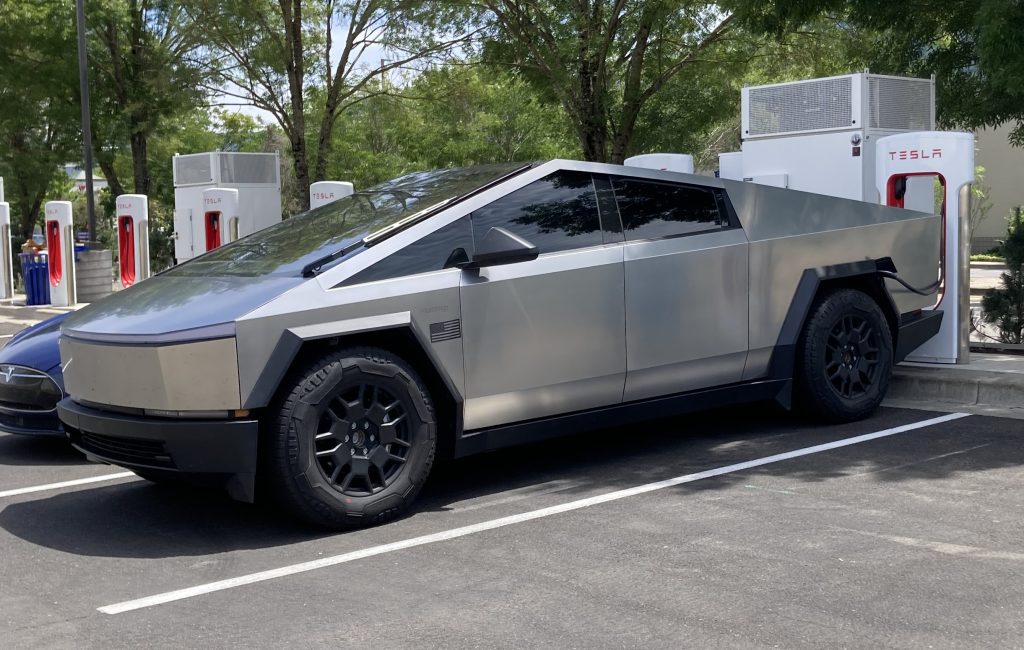
Estimates suggest that the breakeven point between EVs and internal combustion engine (ICE) cars, without government subsidies, will be reached in the US between 2025 and 2026. This calculation includes the total cost of ownership, factoring in the price of the vehicle, fuel or battery charging, repairs, and maintenance over the car’s lifetime.

The future of EVs looks promising, with the potential for significant price reductions similar to the trends seen in the computer industry. As long as major tariffs on China are avoided, advancements in technology and economies of scale are likely to make EVs more affordable, driving widespread adoption and transforming the automotive market.





